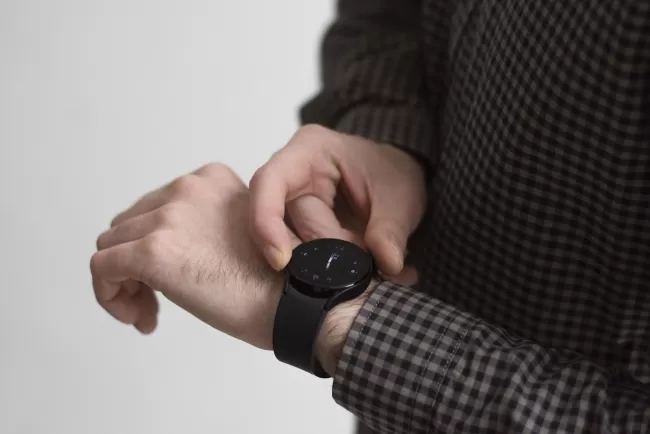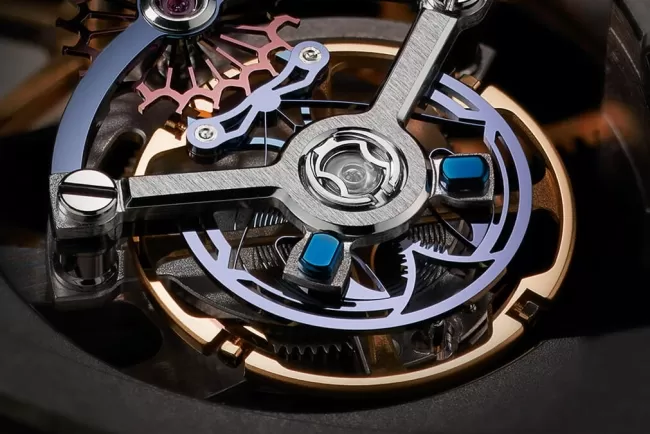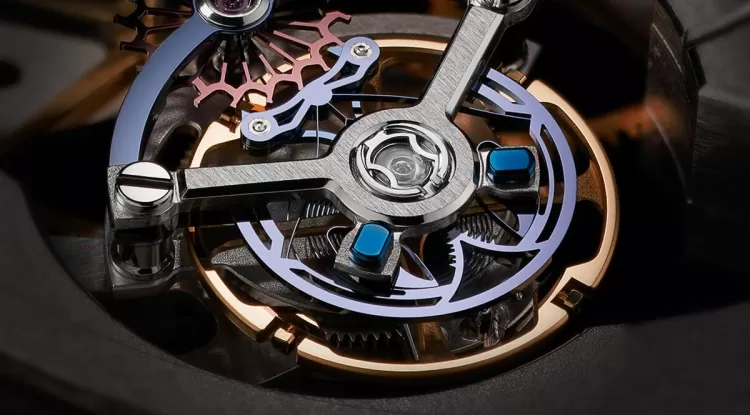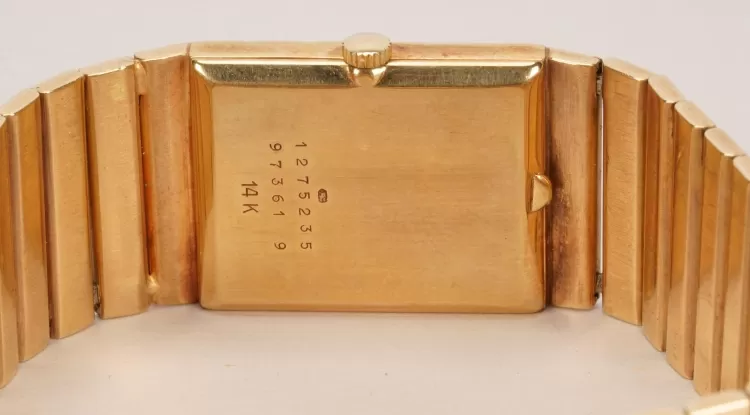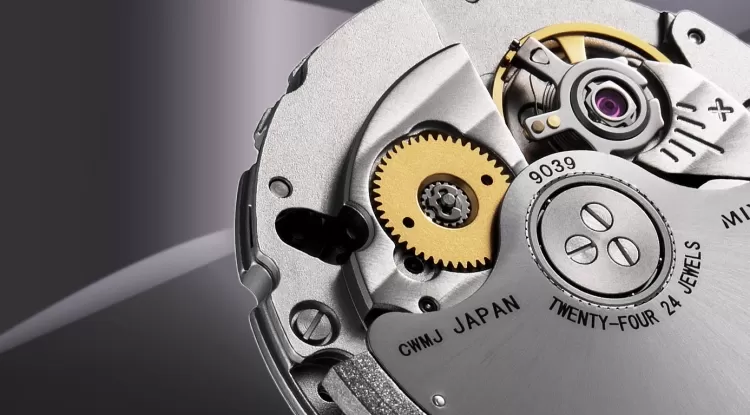How to Wind a Mechanical Watch: A Step-by-Step Guide
Discover the correct way to wind a mechanical watch with our detailed guide. Learn when, how, and how often to wind your manual or automatic watch for optimal performance.
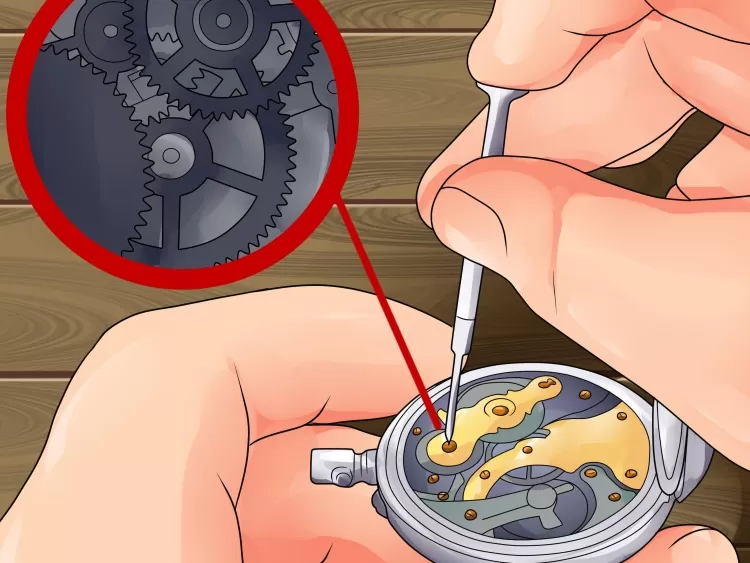
Mechanical watches are marvels of horological craftsmanship. Whether you own a manual-winding or automatic timepiece, understanding how to wind it properly is essential for longevity and accurate timekeeping. In this guide, we’ll walk you through the exact steps to wind your watch safely, and highlight best practices to avoid damaging its delicate internal components.
1. Know Your Watch Type
Before you begin, determine if your watch is manual-wind or automatic. Manual watches require daily winding by hand, whereas automatic watches wind themselves through wrist movement. However, automatics can also be wound manually if not worn for a while. You can usually find this information in the watch manual or the brand’s website.
2. Choose the Right Time to Wind
Always avoid winding your watch between 9 PM and 3 AM. During this period, the date-changing mechanism may be engaged, and turning the crown could damage the movement. The ideal time to wind your watch is in the morning or early evening, preferably when the internal gears are inactive.
3. Understand the Crown Positions
Most watches have a crown with multiple positions:
- Pushed in: Normal position, often used for manual winding
- First click: Used for date setting (if applicable)
- Second click: Used for time adjustment
Some high-end watches may have screw-down crowns. In that case, unscrew the crown by turning it counterclockwise before pulling it out to the desired position.
4. How to Wind a Manual Watch
To wind a manual watch:
- Pull the crown out to the winding position (usually the first position).
- Turn the crown clockwise (away from you) using gentle, steady pressure.
- Most watches require 30–40 turns for a full wind. Stop if you feel resistance; this means the mainspring is fully wound.
Do not force the crown beyond this point—overwinding can cause permanent damage.
5. How to Wind an Automatic Watch
Automatic watches don’t always need manual winding if worn daily. However, if it has stopped:
- Keep the crown in its pushed-in position.
- Turn it clockwise around 20–30 times to give the watch enough power to start running.
- Once wound, the natural motion of your wrist will continue to keep it charged.
Manual winding is especially helpful if the watch hasn’t been worn for a few days or stored in a display box.
6. Setting the Time and Date
Once your watch is running, pull the crown to the second or third position to set the time. Turn the hands in a clockwise direction only. If your watch features a date function, set the date only when the time is not between 9 PM and 3 AM to avoid damaging the date wheel.
7. Re-secure the Crown
After winding and setting the time, make sure to push the crown back into place. For screw-down crowns, press in and turn clockwise until it locks. This step is crucial to maintain water resistance and protect the watch’s internals from dust and moisture.
8. How Often Should You Wind?
Manual watches typically need winding once a day, ideally at the same time each day to maintain consistency. Automatic watches don’t need daily manual winding if worn regularly. But for collectors who rotate watches, winding automatics every few days keeps them running smoothly.
9. Tips to Avoid Damage
- Never overwind a watch—stop as soon as you feel tension.
- Wind slowly and gently to avoid stress on the mainspring.
- Don’t adjust the time or date during the transition period (9 PM–3 AM).
- Store your watch in a clean, dry place to avoid unnecessary wear.
What's Your Reaction?








